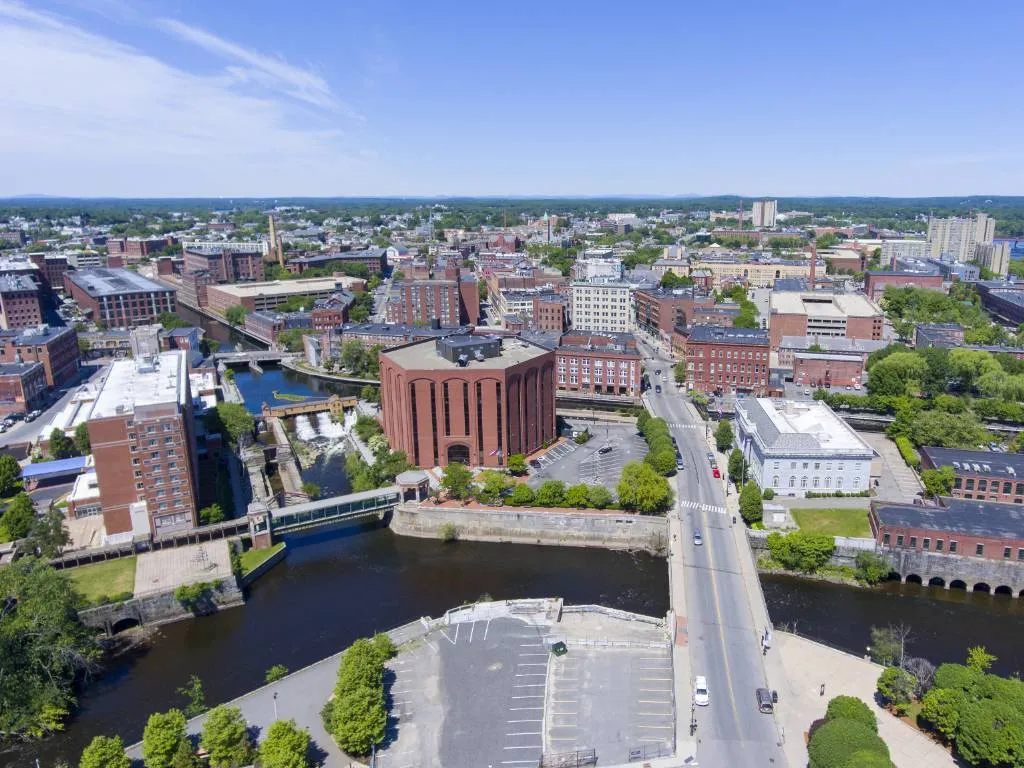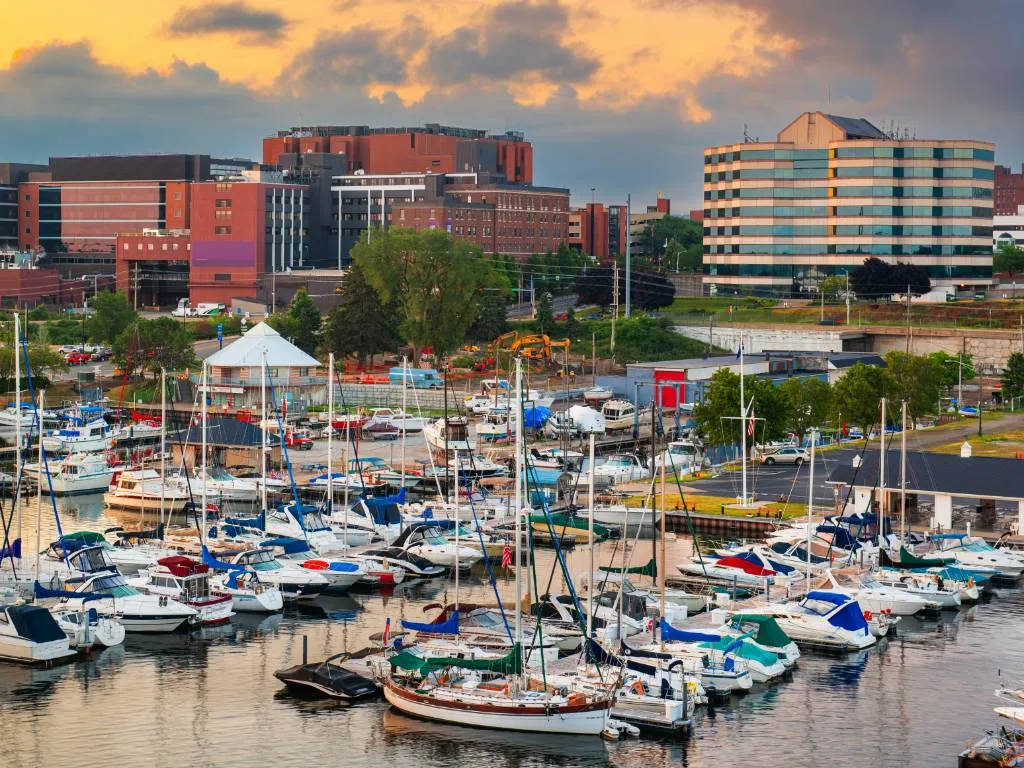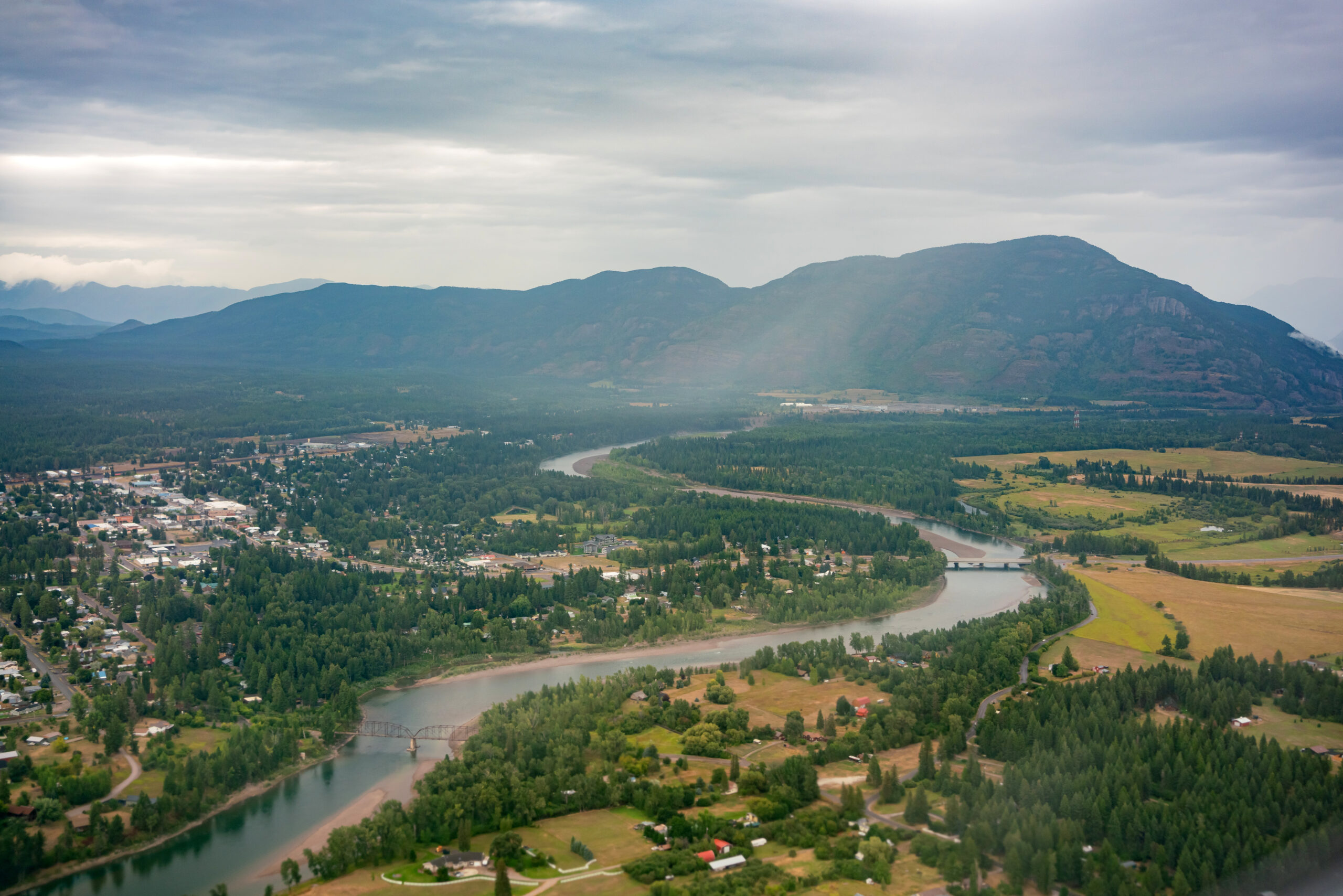10 Things to Know About Moving to Lowell, MA

Lowell, in northeastern Massachusetts, has earned a reputation as one of the safest large American cities. Often called “America’s first industrial city,” this city is widely regarded as the epicenter of the early 20th-century American industrial revolution, and the city is home to several significant landmarks from that period that are now protected by the National Park Service.
Over 105,000 people call this city home, making it the fourth largest in the Bay State, behind Boston, Worcester, and Springfield. Let’s check out ten things to know before moving to Lowell, MA!
1. The summers are warm and humid
The climate of Lowell, as well as the rest of New England and the state of Massachusetts, is humid continental. Temperatures in January can plunge below freezing, making it the coldest month of the year. July is the warmest month.
Summers in Lowell may get quite hot and muggy due to the city’s humid continental climate. One of the state’s biggest draws is its fall weather, which is often moderate during the day and crisp and cold at night. During the winter months (middle of December to the beginning of March), the region may experience extended periods of heavy snowfall.
2. The city is served by Lowell Public School District
Every public school in Lowell is part of the Lowell Public Schools system. The district’s schools range from primary to middle school, with high schoolers attending either Lowell High School or another local institution. Greater Lowell Technical High School, Lowell Middlesex Academy Charter School, and Lowell Community Charter Public School are all public schools in the Lowell area that are not affiliated with the Lowell Public Schools district.
Lowell is home to 11 different private and catholic schools, in addition to the public schools and the highly regarded Lowell Catholic High School. It is also home to several higher institutions, including Middlesex Community College and the University of Massachusetts Lowell.
3. Get around using the Lowell Regional Transit Authority bus service
The Lowell Regional Transit Authority serves the city of Lowell and the surrounding communities by operating a fixed-route bus service and a paratransit service. Lowell is conveniently accessible to several major roads, including I-495, US-3, the Lowell Connector, and MA-3A, MA-38, MA-110, MA-113, and MA-133.
Commuter train service from Lowell to Boston stops at the Gallagher Transit Terminal along the MBTA’s Lowell line.
4. Visit the Whistler House Museum of Art or the Lowell National Historical Park
Tourists from all around Massachusetts and New England go to Lowell to experience the city’s many interesting museums, historic landmarks, and exciting annual events.
Lowell National Historical Park, Jack Kerouac’s birthplace, the National Streetcar Museum, the Whistler House Museum of Art, and the American Textile History Museum all deserve a visit, as do many others in the city, all of which honor Lowell’s role as a pioneering industrial city in the development of the United States.
5. Attend the Lowell Folk Festival or the Lowell Film Festival
Lowell residents will look for any reason to have a party, so it’s no surprise that the city hosts a new festival every month. Since Lowell was incorporated as a city in the month of February, the locals celebrate Winterfest in that month as well. The Lowell Film Festival takes place in April and showcases local and international films of all lengths and genres.
Other events include the Baystate Marathon in October, the Lowell Folk Festival in July, and the Lowell Women’s Week in March.
6. Work in the health or education sector
Lowell is just as good as any other Boston suburb when it comes to finding a job. The city has an average salary of $48,581 and offers a wide variety of job opportunities in fields like medicine, teaching, technology, and business administration.
Lowell General Hospital is one of the city’s top employers, with a staff of around 3,700 doctors and other medical professionals. More than 2,000 people in the city have found work on the University of Massachusetts campus. In addition, Kronos, a multinational provider of human resources (HR) solutions with over 1,600 staff members, maintains its headquarters in Lowell.
Do you intend to travel to Boston each day for work instead of staying in Lowell? Slightly more than 30 miles separate you from your destination, but the Expressway cuts travel time to between 35 and 45 minutes, depending on traffic.
7. The cost of living is higher than the national average
The cost of living in Lowell is 14% greater than the national average, notwithstanding the city’s reduced healthcare costs. The local housing market, among other costs, is cheaper than the statewide average in Massachusetts, nonetheless.
Houses in the city have a median home price of $439,000. Rent in Lowell ranges from an average of $1,580/month for a one-bedroom to $2,370/month and more for a four-bedroom or larger property.
8. The violent crime rate is higher than the national average
When compared to the national average of 22.7 violent crimes, Lowell has a rate of 29.6. Likewise, the property crime rate of 35.2 is just marginally lower than the US average of 35.4.
Considering these numbers, it’s evident that Lowell’s municipal government and police force have some work to do to ensure the safety of its citizens.
9. The city has eight neighborhoods
Lowell spans a total of 13.8 square miles at the confluence of the Merrimack and Concord rivers in northeastern Massachusetts, and its eight distinct neighborhoods include Acre, Back Central, Belvidere, Centralville, Downtown, Highlands, Pawtucketville, and South Lowell. Almost a quarter of the city’s total population resides in the Highlands neighborhood, making it the most populous. Two distinct parts of this area are known as the Upper Highlands and the Lower Highlands.
While Downtown and Back Central are both urban regions, Belvidere is primarily residential. Fairmount Street runs through the heart of Belvidere’s historic district, known as Belvidere Hill. Situated in the city’s southeast, these communities are easy to reach. Pawtucketville, which contains the University of Massachusetts Lowell, and the Acre neighborhood are located in the city’s northwest.
10. Eat at Tavern in the Square or Life Alive Organic Cafe
Wondering if there are any good places to eat in Lowell? Tavern in the Square is widely regarded as one of the city’s finest dining establishments thanks to its delicious selection of American cuisine, which includes burgers, chicken, barbeque, fish, sandwiches, and more.
Life Alive Organic Cafe is another alternative; it is a health food restaurant known for its organic wraps, salads, smoothies, and other things, most of which are vegan.
Final Thoughts
Lowell is a cultural hub with a lot of activities and festivals that showcase the city’s diversity. With warm summers, a thriving economy, and great schools, Lowell is a great place to live. However, the city’s cost of living is higher than the national average, and the crime rates might be a little disconcerting.






